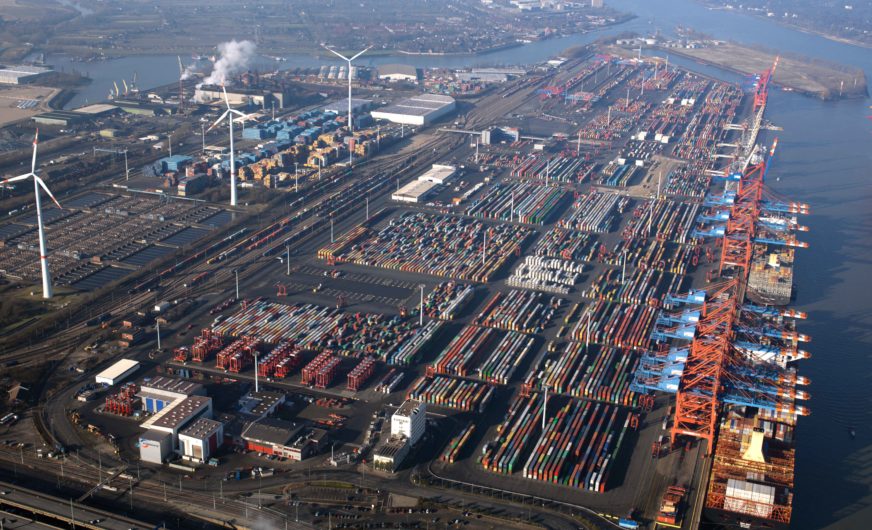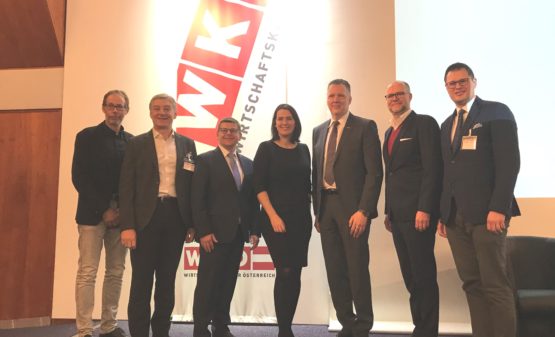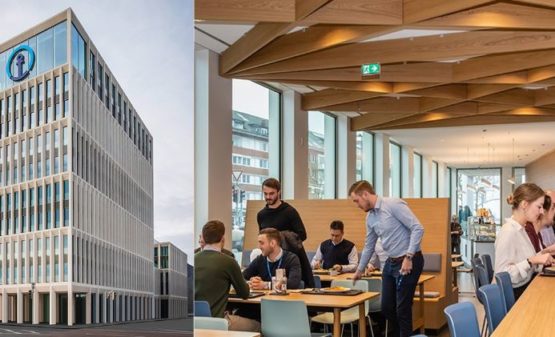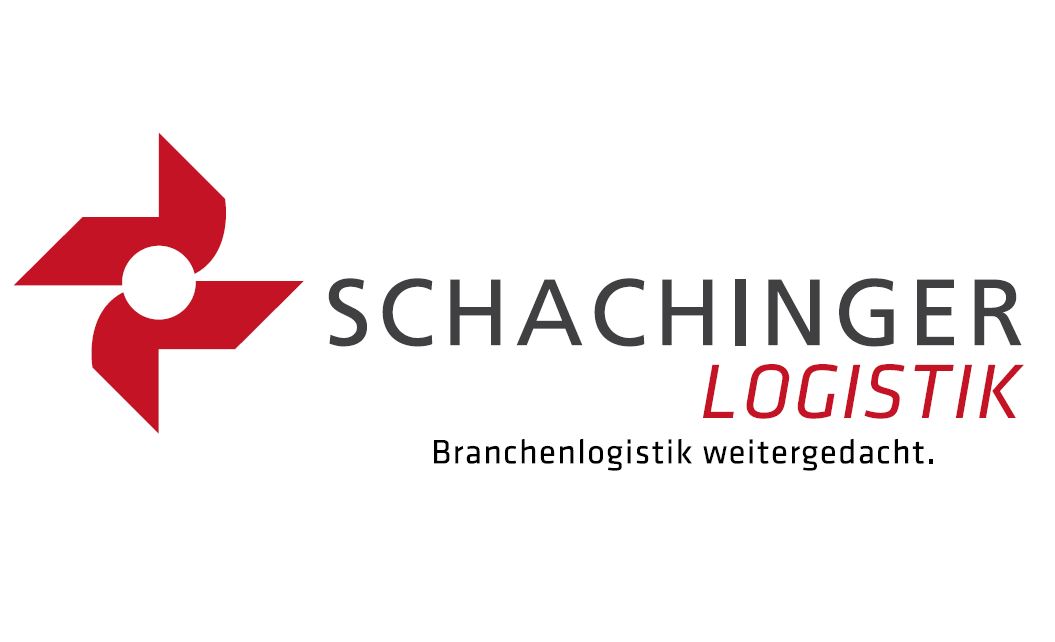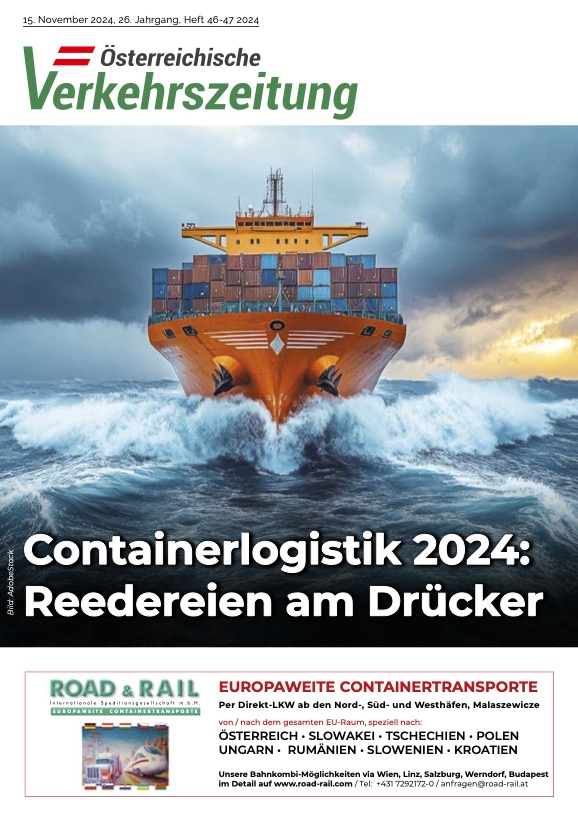SHARC stands for a research project that has brought
together several partners since the beginning of this year. Under the
coordination of bremenports, Siemens AG, the German Research Center for
Artificial Intelligence (DFKI), the TU Berlin and the Institute for Circular
Economy at the University of Bremen GmbH are working on a “Smart Port
Application Concept for the Integration of Renewable Energies”.
Bremen’s Senator for Science and Ports, Claudia Schilling, attaches particular
importance to the project: “The coalition has set itself the goal of
bringing the topic ‘sustainable port’ a big step forward. SHARC can make a
significant contribution to achieving the climate neutrality of the port in the
foreseeable future. This means that the port can also set an example for other
economic sectors.”
Among other things, the research project deals with the following questions:
-) What contributions can a port make to the desired energy transition in transport?
-) How to reduce energy consumption and integrate renewable energy sources?
-) Which energy storage systems are required to convert completely to regenerative energies?
In order to be able to provide competent answers to these complex questions, a comprehensive study of energy consumption is being prepared in the overseas port of Bremerhaven. It analyses the public infrastructure for which bremenports is responsible. For a successful investigation it is essential that the terminal operators are also involved in the investigation.
bremenports Managing Director Robert Howe emphasised the involvement of the participating companies: “Climate neutrality is a central task for all European ports. As part of our greenports strategy, it is important for us to continue to occupy a leading position in Europe in the future. It is gratifying that this commitment unites those involved in the port business.”
The BLG car terminal, Eurogate container terminal, Eurogate Technical Services and BLG-Klosterboer’s large cold storage warehouse provide data for this. These include energy optimisation in the area of the port railway, the energy supply of the buildings, the lighting of the port, the propulsion systems of cranes and van carriers, as well as the possibility of using electric power when handling ships in the port.


